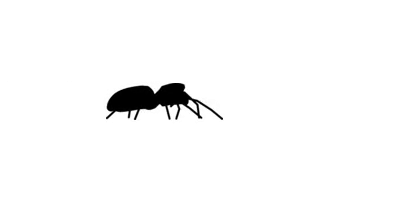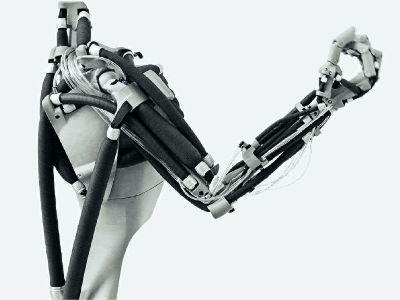Jumping spider is confirmed to be the first invertebrate to have 'the ability to distinguish between living things and inanimate objects'

By
A research team at Harvard University has announced that jumping spiders have 'the ability to distinguish between living things and inanimate objects.' This ability has only been confirmed in vertebrates so far, so the research team says, 'It may be more widespread in the biological world than humans think.'
Perception of biological motion by jumping spiders
https://journals.plos.org/plosbiology/article?id=10.1371/journal.pbio.3001172
A new spidey sense | EurekAlert! Science News
https://www.eurekalert.org/pub_releases/2021-07/hu-ans071521.php
Jumping Spiders Seem to Have a Cognitive Ability Only Previously Found in Vertebrates
https://www.sciencealert.com/jumping-spiders-seem-to-have-a-special-ability-only-seen-in-vertebrates
The body of most living things is made up of interconnected joints, and the position of the joints changes during exercise, but the distance between the joints does not change. Movement the way of this joint is ' Biological motion is referred to as a (biological motion)', many of vertebrates such as humans by using a biological motion is believed to have visually identify the biological and inanimate objects I will.
In an experiment conducted by a research team led by Massimo de Agro of the University of Regensburg, Germany, Menemerus semilimbatus, a type of jumping spider that is a very common spider distributed over a wide area of the Northern Hemisphere, has the ability to recognize biological motion. To find out if it is. The research team showed 60 Menemerus semilimbatus a 'set of points that move like living things' that is often used in biological motion experiments, and investigated their ability to discriminate.
Below is an example of a 'set of points that move like a living thing' used in biological motion experiments. The following is an extraction of only the movement of lights installed on the human face and joints, and humans have the ability to imagine 'moving humans' only by the movement of these lights.
Walking Dots-YouTube
Since the subject of this research is a spider, the research team designed a movie of 'a set of moving points that look like a spider.' The actual thing is below, and 11 points that imitate the main joints of the spider reproduce the movement of the spider that moves horizontally.
S1 Video. Biological motion point-light display.
(MP4 file) https://doi.org/10.1371/journal.pbio.3001172.s003
The image extracted from the movie looks like this. Click to see the moving dots in a GIF animation.


Also, as a comparison target, the research team prepared


In order to investigate the reaction of Menemerus semilimbatus who saw this movie, the research team suspended Menemerus semilimbatus in the air and fixed it with only the legs placed on a dedicated treadmill that can move in any direction. It is now possible to measure the leg movement of the Menemerus semilimbatus who watched the movie from the driving status of the treadmill.
When I showed the movie to 60 Menemerus semilimbatus, it turned out that Menemerus semilimbatus stares at the set of points by rotating the body as well as the animation of the spider. By changing the way the set of points moves, we find that 11 points move most randomly in the case of movements that are not possible in living things.
According to the research team, when spiders see what they can and cannot recognize at the same time, they tend to give priority to what they cannot recognize. 'We can tell that a spider knows a set of points that imitate the movement of living things with a compound eye, but the random movement is strange, so we can't understand what's there,' Agro explained. .. The researchers claim that more diverse animals than previously thought have the ability to recognize biological motion and distinguish between living and inanimate objects, and perform similar experiments on insects and mollusks. I have commented that it is planned.
The Menemerus semilimbatus used in the experiment is said to have been returned to its original location without any damage.
Related Posts:







